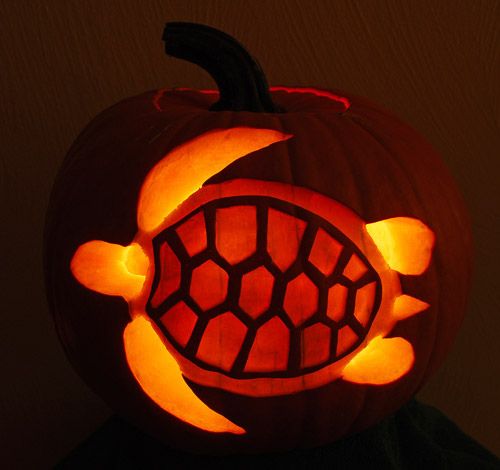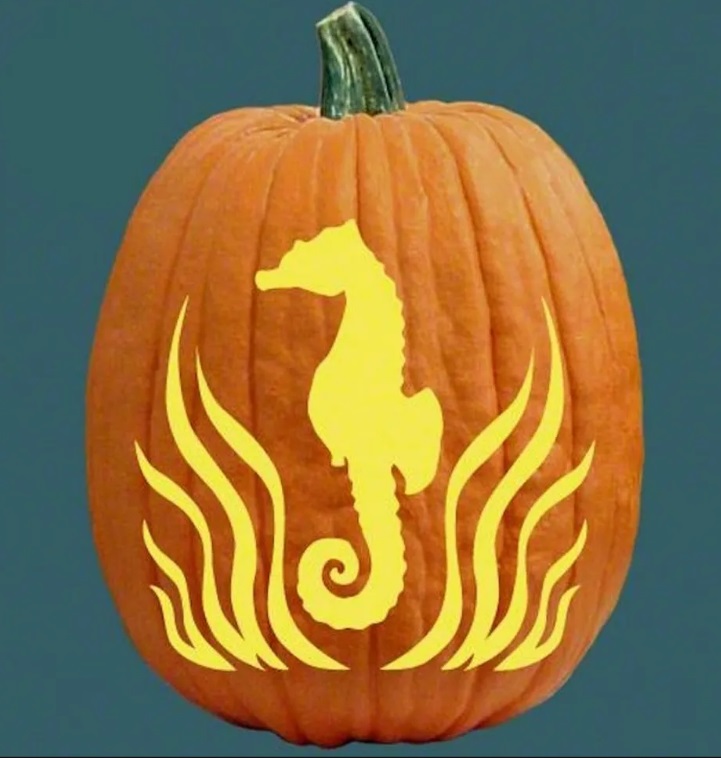[ad_1]
Halloween is here, and what better way to celebrate than combining your love of the season and love of the ocean than with some themed carved pumpkins! Check out the images below for inspiration, and share your own creations in the comments!

credit: pintrest
1. Sea turtles can be found in all oceans except for the polar regions. Sea turtles are generally found in the waters over continental shelves. During the first three to five years of life, sea turtles spend most of their time in the pelagic zone floating in seaweed mats. Once the sea turtle has reached adulthood it moves closer to the shore. Females will come ashore to lay their eggs on sandy beaches during the nesting season. Fossil evidence of marine turtles goes back to the Late Jurassic (150 million years ago) with genera such as Plesiochelys, from Europe.

credit: awesomeocean.com
2. Nautilus: The word nautilus is derived from the Greek word ναυτίλος nautílos “sailor”, it originally referred to a type of octopus of the genus Argonauta, also known as ‘paper nautilus’, which were thought to use two of their arms as sails. To swim, the nautilus draws water into and out of the living chamber with its hyponome, which uses jet propulsion. Instead of vision, the animal is thought to use olfaction (smell) as the primary sense for foraging and for locating and identifying potential mates.

credit: pintrest
3. Seahorses range in size from 0.6 to 13.8 in. They are named for their equine appearance, with bent necks and long snouted heads and a distinctive trunk and tail. Although they are bony fish, they do not have scales, but rather thin skin stretched over a series of bony plates, which are arranged in rings throughout their bodies. The armor of bony plates also protects them against predators] and because of this outer skeleton, they no longer have ribs.

credit: pintrest
4. All anglerfish are carnivorous and are thus adapted for the capture of prey. Ranging in color from dark gray to dark brown, deep-sea species have large heads that bear enormous, crescent-shaped mouths full of long, fang-like teeth angled inward for efficient prey grabbing. The jaw and stomach of the anglerfish can extend to allow it to consume prey up to twice its size. Because of the limited amount of food available in the anglerfish’s environment, this adaptation allows the anglerfish to store food when there is an abundance.
(all information curtesy of Wikipedia)
[ad_2]
Source link
